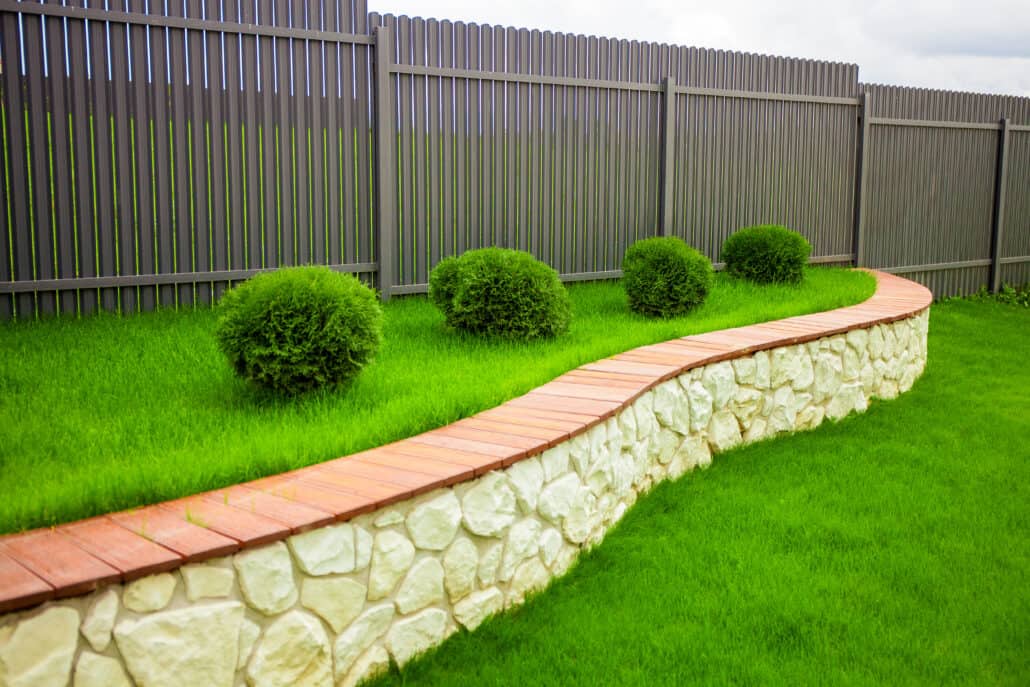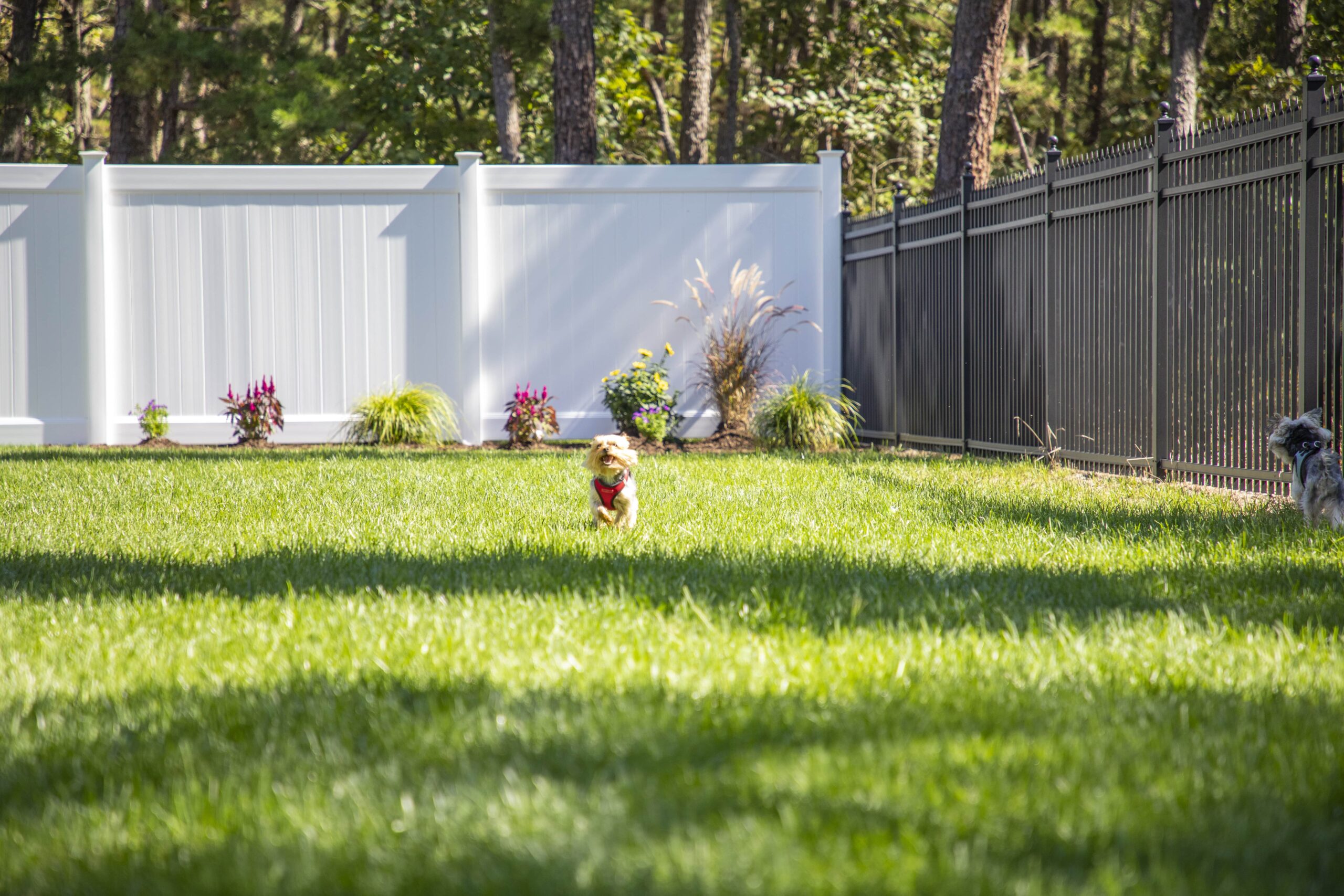All Categories
Featured

Whether you like the classic look of paint or the all-natural look of a stain, these surfaces shield your wood fencing from the components and expand its lifespan. Just how typically should you repaint or stain your wooden fence?
Elements That Influence Paint and Discoloring Frequency. The frequency at which you require to paint or discolor your fence is influenced by numerous aspects, including your environment, the sort of wood, and the finish you pick. Recognizing these elements can help you set a more exact timetable for your fence's upkeep.
- Environment and Weather Issues. The local weather in your area will certainly have a significant effect on just how rapidly your fencing needs attention. In regions with severe weather, the fence will certainly experience more wear and tear, needing even more regular maintenance.
Hot, Sunny Climates: Direct sunlight can create timber to dry out and end up being brittle, resulting in breaking and fading. If your fencing is subjected to intense sunlight, you might require to repaint or restain every 2 to 3 years to keep its appearance and shield it from UV damage. Rainfall and Humidity: Areas with frequent rain or high humidity can cause moisture leaking into the timber. This can trigger the timber to swell, rot, or establish mold and mildew and mildew. In such environments, staining or paint every 1 to 2 years is typically required to keep the timber secured and safeguarded. Cold, Freezing Temperatures: If your fencing is revealed to freezing temperatures, the timber might expand and acquire with the adjustments in temperature. This can tarnish or create the paint to crack and peel. In cold environments, fencings usually require to be repainted or restained every 3 to 5 years. 2. Sort of Wood. The kind of timber your fence is made from will impact exactly how regularly it needs painting or discoloration. Various timbers respond in a different way to weather, dampness, and UV rays.
Cedar and Redwood: These timbers are naturally immune to degeneration and pest damage, making them extra resilient than various other woods. They might still need discoloration every 2 to 3 years to maintain their shade and shield them from the sun's rough rays. Pine and Fir: Softwoods like want and fir are extra vulnerable to taking in dampness and fading in time. You may need to discolor or repaint these timbers regularly-- concerning every 1 to 2 years-- to avoid water damage and maintain them looking fresh. Pressure-Treated Timber: Pressure-treated wood stands up to rot and insect damages yet can still soak up moisture. It's advised to use a stain or sealant every 2 to 3 years to keep the wood protected. 3. Discolor vs. paint. The kind of surface you select for your fence-- paint or tarnish-- affects just how often you will certainly require to touch it up.

Paint: Repaint kinds a thick, safety layer on the surface of the timber. It's proficient at obstructing out UV rays and wetness, but in time it can peel off, fracture, or discolor. Usually, a painted fencing requires to be repainted every 3 to 5 years, relying on exposure to the elements. Stain: Stain soaks into the wood, providing a much more all-natural look while still providing protection from dampness and UV rays. Stain generally needs to be reapplied every 2 to 3 years, as it tends to fade faster than paint, especially when exposed to direct sunlight. 4. Indicators Your Fencing Needs a Fresh Coat. Even if you do not comply with a collection timeline for painting or discoloration, it is essential to look for indicators that show when your fence requires interest. Look for these usual indications:
Discoloring or Staining: If your fence is losing its color or has actually turned gray, it may be time to use a fresh coat of repaint or tarnish to restore its appearance. Breaking or peeling: If the paint or stain is peeling or breaking, your fence is no more totally shielded, and water may have the ability to permeate right into the wood. This can lead to rot or mildew. Water Saturating In: You can execute a straightforward water examination by sprinkling some water on your fencing. The finish is still working if the water grains up. It's time to repaint or restain if it soaks in. 5. Proper Upkeep for Durability. To extend the life of your fence and make sure the ideal results, require time to prepare the surface before applying paint or stain. Tidy the fencing thoroughly, eliminating dirt, particles, mold and mildew, and mildew. Repair any type of fractures or damage to the wood before beginning the discoloration or paint procedure.
Pick a dry, mild day for using your finish. Avoid doing this on extremely hot, chilly, or damp days, as it can tarnish or create the paint to dry as well promptly, leaving touches or an irregular coating. Comply with the supplier's directions for the very best application techniques, and always enable the wood to dry totally in between layers.
Final thought. In general, a wood fencing needs to be repainted or discolored every 2 to 3 years, though the regularity can differ relying on your environment, the type of wood, and whether the fence is repainted or stained. Regular maintenance helps shield the timber from damage brought on by moisture, sun, and rain, guaranteeing your fence stays strong, useful, and eye-catching. By remaining on top of fence care, you can enjoy its elegance for years to find, without the fear of early deterioration.
Latest Posts
Call Montclare Auto Repair for Assistance - Trusted Service Guaranteed
Published Apr 20, 25
2 min read
Personalized Wealth Administration with WyHy Federal Credit Scores Union
Published Apr 20, 25
1 min read
NAPA AutoCare: Professional Repairs Trusted by the NAPA Warranty
Published Apr 20, 25
2 min read
More
Latest Posts
Call Montclare Auto Repair for Assistance - Trusted Service Guaranteed
Published Apr 20, 25
2 min read
Personalized Wealth Administration with WyHy Federal Credit Scores Union
Published Apr 20, 25
1 min read
NAPA AutoCare: Professional Repairs Trusted by the NAPA Warranty
Published Apr 20, 25
2 min read